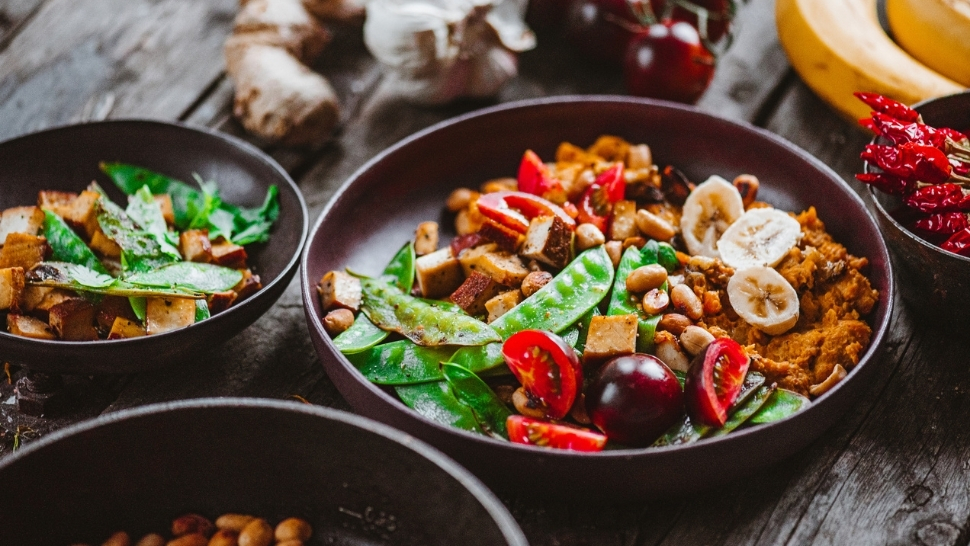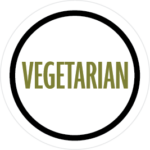
More people are choosing to eat plant-based, whether it be for health reasons, to support the environment, religion, economics, compassion for animals, or a combination of these reasons. Eating more plants can be as simple as adjusting the amount of meat you consume while enjoying a wide variety of plants, including fruits, vegetables, leafy greens, whole grain products, nuts, seeds, and legumes (peas, lentils, and beans). Here are some tips to get you started:
Move your dial: Whether you eat meat daily, identify as vegan, or fall somewhere in between, most people can benefit from adding more plants to their plate. One way to start is to try making one additional meal per week a plant-based one – small changes add up and both your health and the environment will benefit.
Include a wide variety of whole grains, beans, vegetables, and fruits: Don’t get in a rut with the same foods day after day. Eating a variety of plants will ensure that your tastebuds are happy and that you don’t miss out on some important vitamins and minerals such as vitamin B12, vitamin D, calcium, iron, and zinc.
Beware of low nutrient plant-based selections: Eating mostly whole foods from a variety of plant sources is your best bet when building plates with your health in mind. Even plant-based products can be low nutrient choices if they are filled with processed ingredients and sweeteners.
Be relaxed about protein: By eating an assortment of plant-based proteins such as beans, legumes, nuts, seeds, and soy products, most people can meet their protein needs.
It’s important to know that incorporating more plants doesn’t have to be all or nothing. If you enjoy eating foods from animals, try building your plate with plants first and then using the animal-based foods as a topper or to support the rest of your meal. Or try choosing meat sources with a smaller carbon footprint such as fish, seafood, or poultry.



